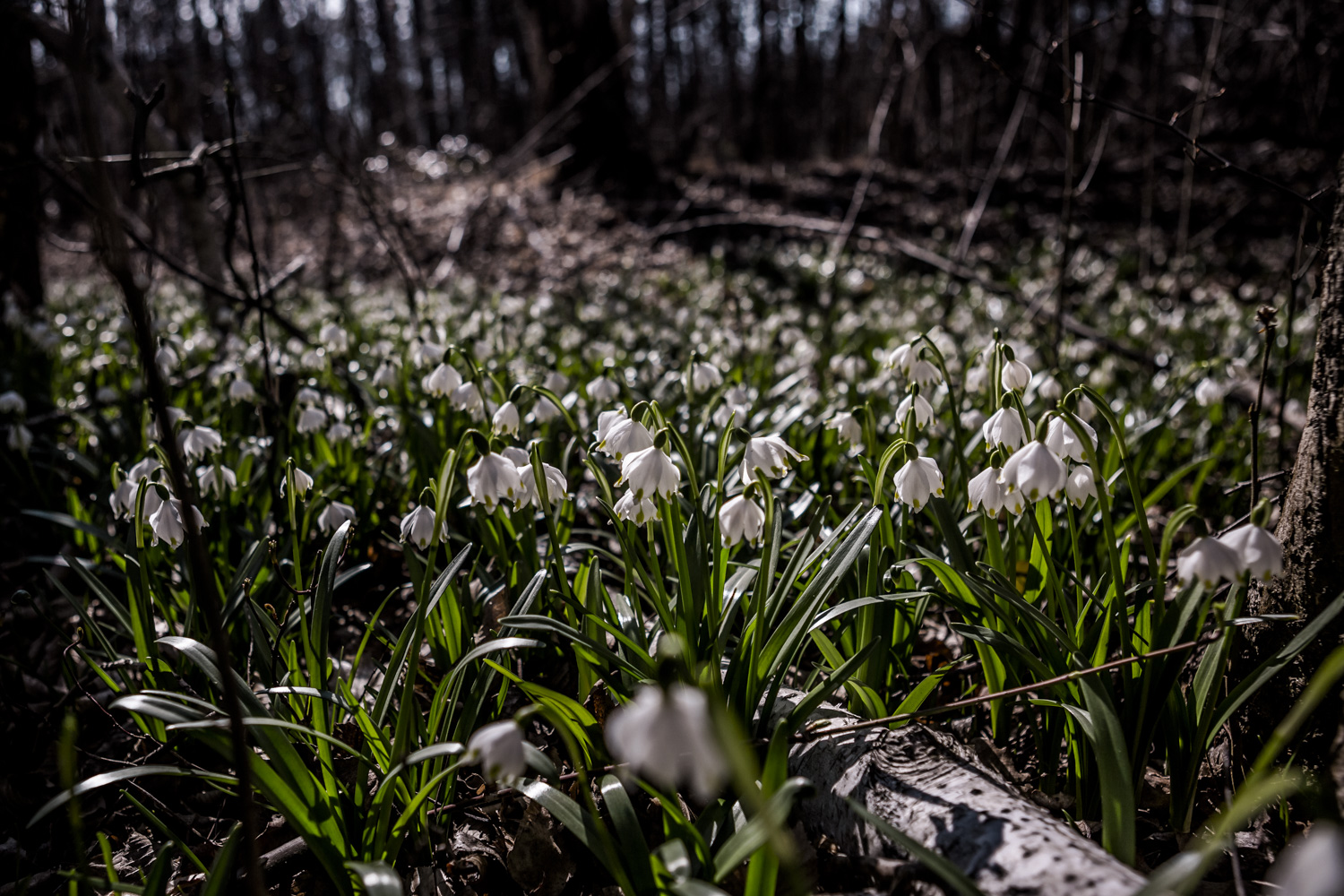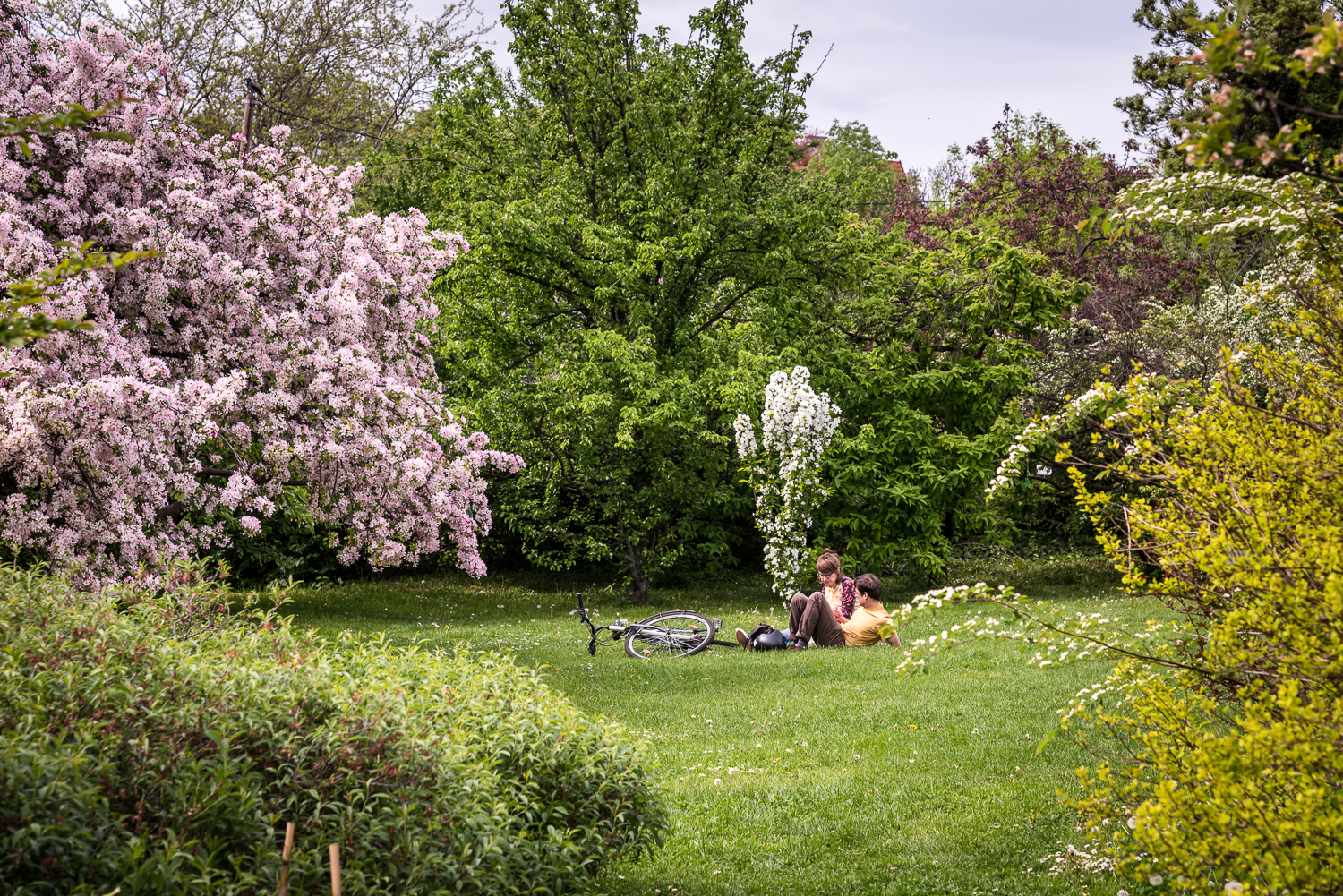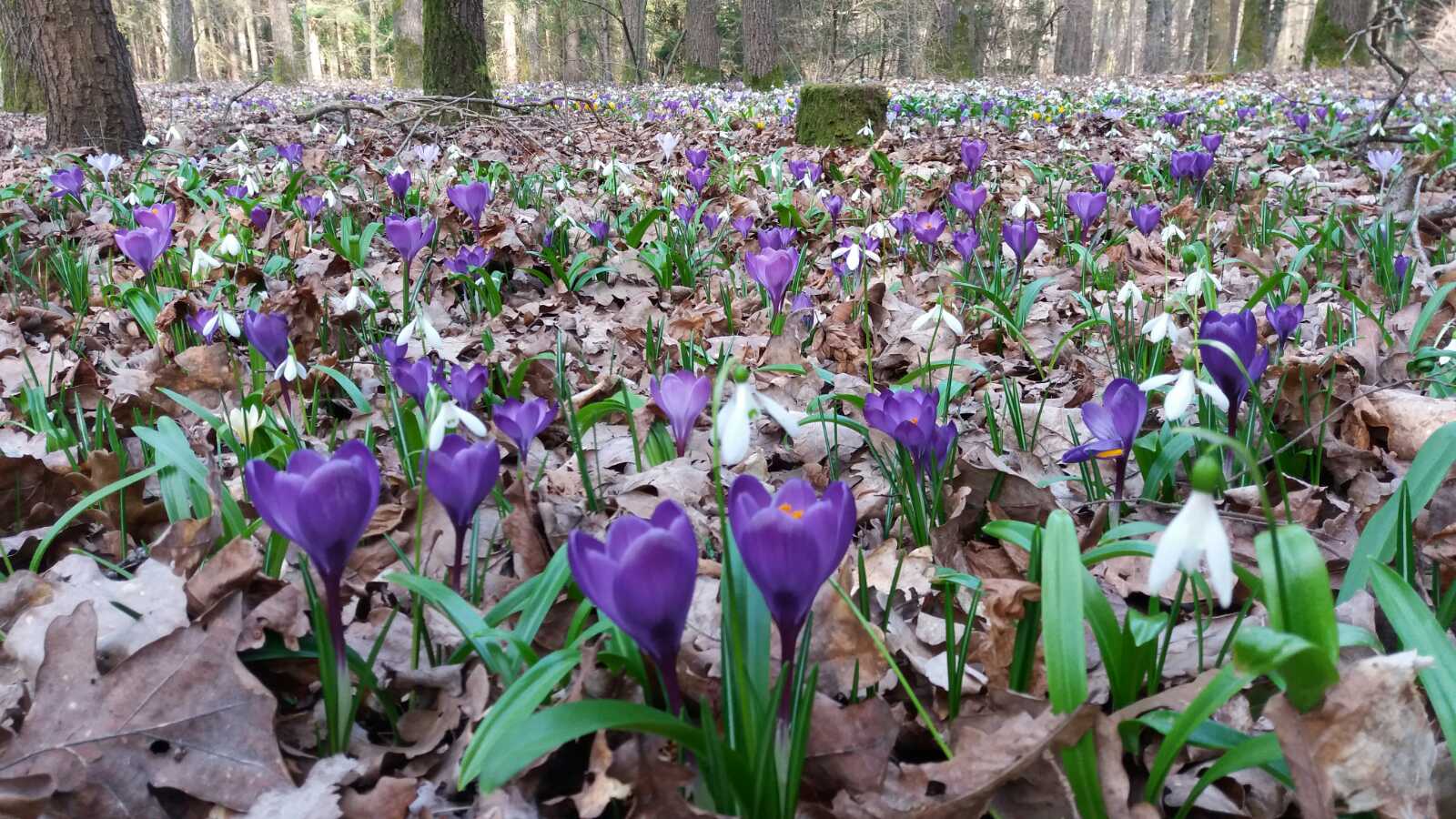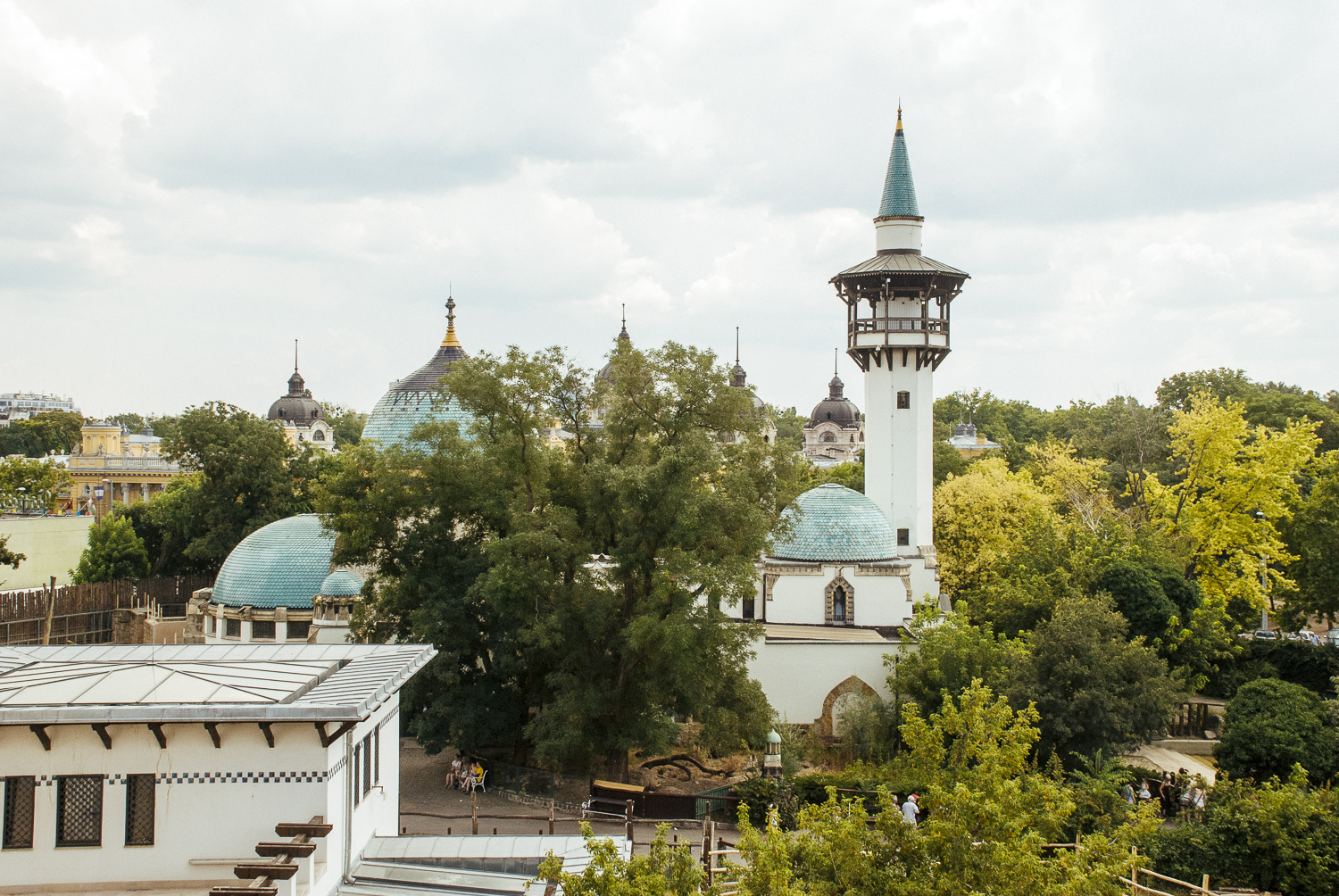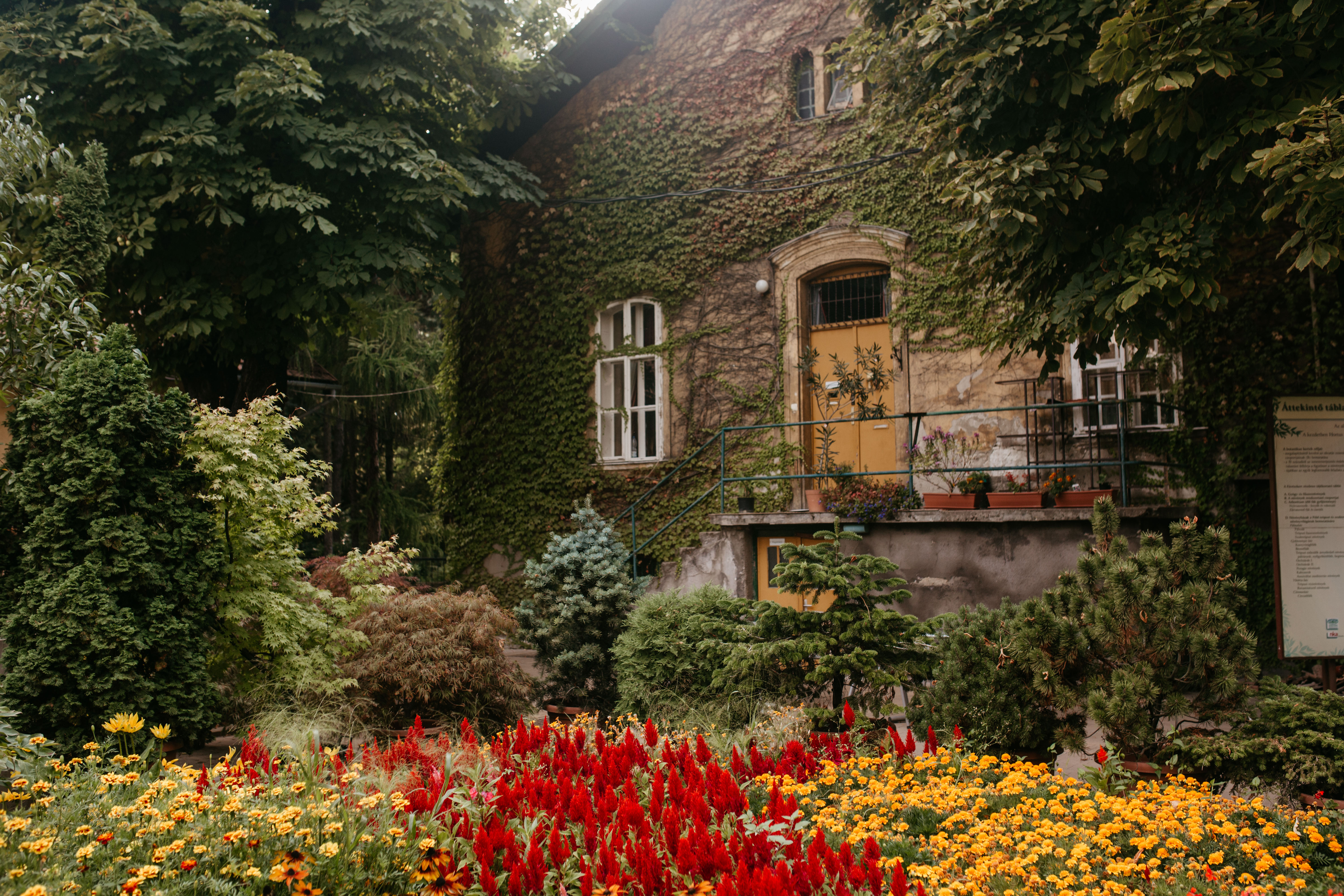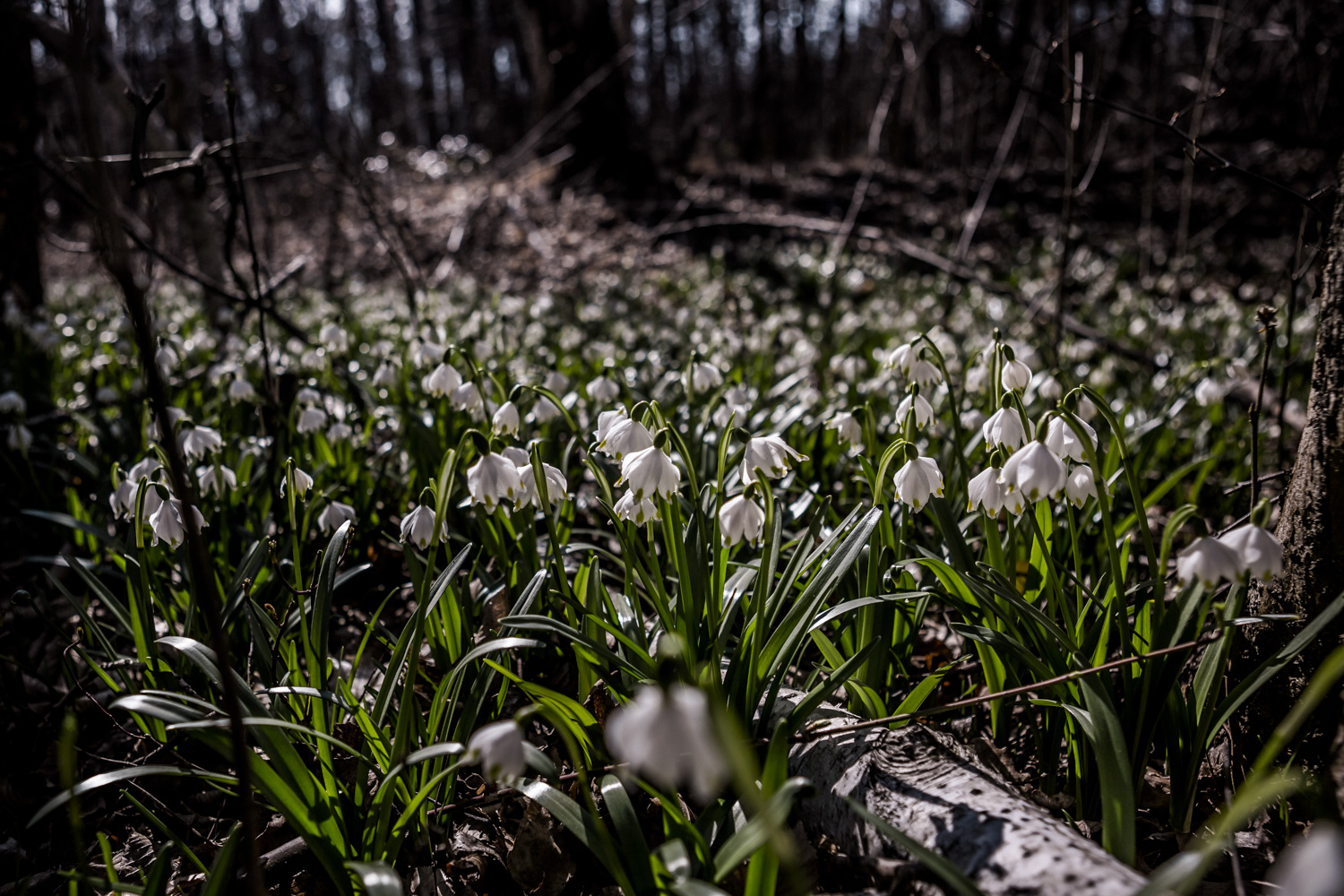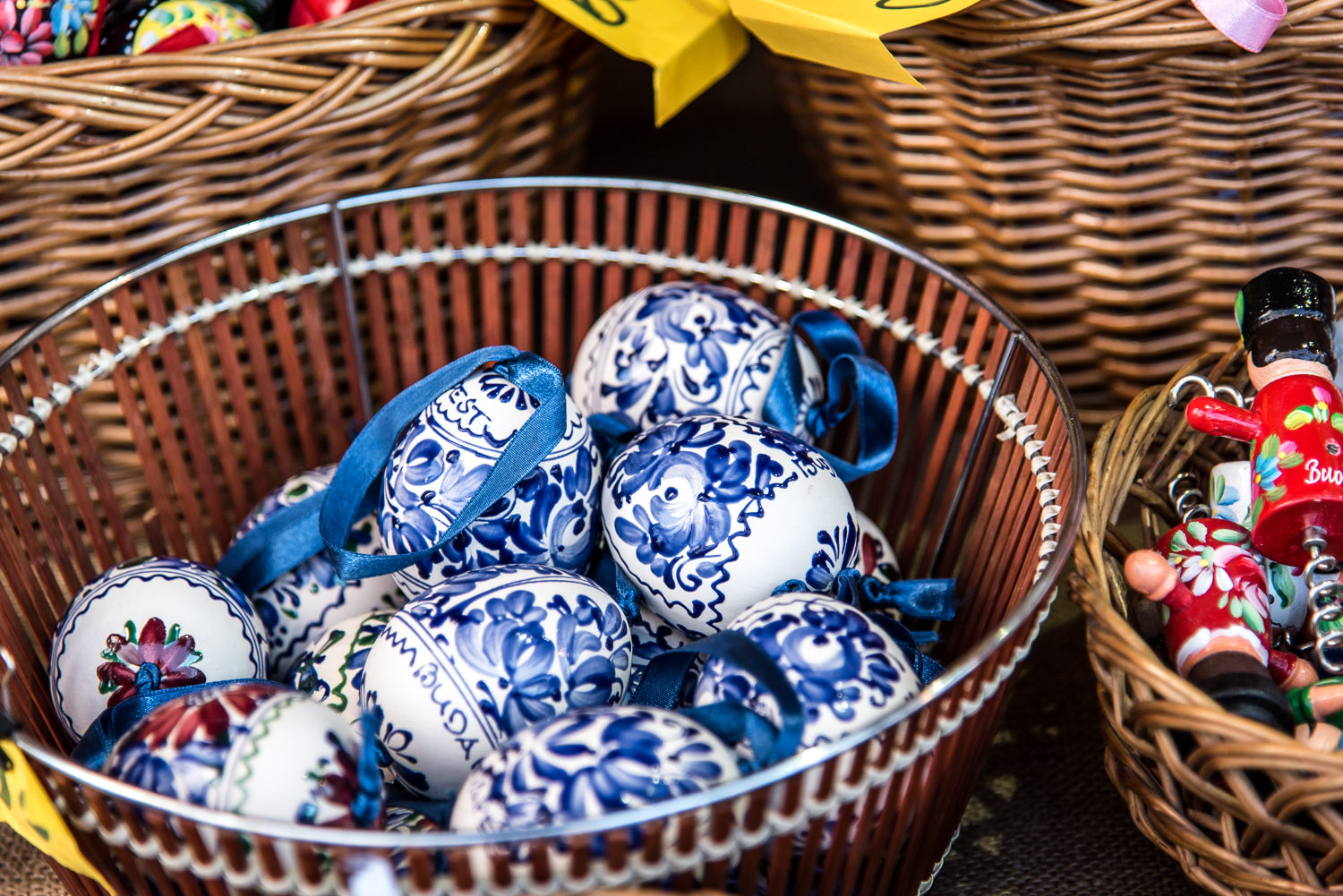1/6
Buda Arboretum
A few minutes' walk from bustling Bartók Béla út, at
the southern foot of Gellért Hill, the 7.5-hectare Buda Arboretum can be visited free of charge. Once this area
was full of vineyards but
they were destroyed by phylloxera at the end of the 19th century. The
first educational institution was established here by Ferenc Entz, a military
doctor during the Hungarian War of Independence in 1848-49. Although the grapes
disappeared, the gardeners'
training school remained, and was expanded into other fields.
Today they also train landscapers, viticulturists and master brewers. There are only a few general rules to follow, such as
not deviating from the designated trails. The winter aconites and snowdrops
have already emerged and although you won’t find endless carpets of colours, you
can expect a fair number of spring blooms in smaller clusters. More info here. Open from 4 Mar-30 Oct, Fri-Sun 9am-5pm. Admission HUF 1,500/discounted HUF 1,000.
3/6
Budapest Zoo & Botanical Gardens
Few who visit Budapest Zoo realise that it also contains botanical gardens. In fact, it is home to more plant species than animal ones. The oldest is the huge plane tree that stands on the edge of the Japanese Garden on the lakeside promenade. It is may have been already existed when the Zoo first opened its doors in 1866. The Canadian poplar planted in 1911 is still standing tall. The Japanese Garden was created in the 1960s and has been relandscaped several times since then. The green areas around the main entrance feature typical representatives of Asian and North-American flora. The Palm House has been a showcase for tropical plants since 1912, and includes popular varieties such as Venus flytraps. If you’d just like a wander, then snowdrops, winter aconites, scillas, gageas and spring snowflakes abound. You can also spot many crocuses, in all kinds of colour variations. Admission includes entry to the zoo as well, so be prepared to dedicate a few hours for the outlay. More info here. Open Daily from 10am. Closing times from 3.30pm (winter) to 6.30pm (summer). Admission (includes Zoo) HUF 3,200/2-18s HUF 2,200.
4/6
ELTE Botanical Gardens
The botanical gardens of Eötvös Loránd University (ELTE)
lie in a lesser-explored area of District VIII.
They date back more than 250 years – see our feature story here. In their heyday, the gardens were home to more than 12,000 different
species. If you like cacti, orchids and huge water lilies,
this picturesque attraction is the place to be. Snowdrops
and winter aconites have already appeared, but if you want to see more exotic plants,
visit the Palm House and the other greenhouses as well. There’s even a green
bamboo forest. Every year, the ELTE Botanical Gardens welcome visitors for the
spring Sakura, a celebration of Japanese cherry blossom, scheduled for 2-3 and
9-10 April in 2022. More
info here. Open Until
31 Mar, daily 9am-4pm. From 1 Apr daily 9am-5pm. Admission HUF 1,200/discounted
HUF 600-900.
5/6
Sas-hegy Visitor Centre
Only accessible with prior registration and a
professional guide, the Sas-hegy Visitor Centre is a true curiosity, formed by ancient seas and home to valuable and extremely diverse micro-habitats. While around it, Districts XI-XII have been built up, this site
of 30 hectares has managed to preserve its original wildlife. For some time, it operated as a military station, before
Hungarian scientific authorities joined together in 1958 to declare it a protected reserve. Because
the local flora is so delicate, a path is laid out, with eight information points along the way. Rising 250 metres above Budapest, this must, for these
plants, feel like the Alps. Even
the north and south faces of the mountain have something unique to offer. It can be so hot on the south side that you can even fry an egg on the rocks in summer. A special habitat is formed here, where you
find plants such as the Hungarian gourd, a remnant species from the last Ice Age. The
common foal tail is dichotomous: the male plants live on Sas Hill, the females on Gellért Hill. The wind carries the pollen across the long
distance to pollinate the flowers. The northern side shows a completely
different picture, one of Alpine pasture. Here grows rabbit tailweed, a cold-loving remnant from the Ice Age, whose
relatives live in the low-altitude shrubs of the Alps and Carpathians. Also unique are the Pannonian lizard, the praying locust and the saw-footed grasshopper, that reproduces through virgin breeding, meaning there are
only female individuals.
More info here. Open (2022 dates) 4 Mar-31 July & 21 Aug-30 Oct.
Sat-Sun & hols 10am-6pm. 5-27 Nov Sat-Sun & hols 10am-4pm. Admission
HUF 1,700/discounted HUF 1,200.
6/6
Soroksár Botanical Gardens
Tucked inside the city limits just beyond Budapest Airport, these 60-hectare gardens were set up in 1962 by the College of Horticulture and Viticulture. Their aim was to develop practical training in botany, helping prospective horticulturalists gain direct experience with plants. A wetland of 12 hectares contains large populations of rare and protected plant species in their natural state. Thanks to decades of research, control of invasive weeds and attempts to retain groundwater, this area has remained close to nature. The bog always shows different faces at different times of the year, perhaps the most beautiful in late May-early June when meadow thyme, meadow buttercup and mouse garlic bloom. The flowering of thousands of Siberian irises is an unparalleled experience. Also in early summer, all kinds of orchids open up, including the anacamptis palustris, military orchids, marsh orchids and purple-coloured fragrant orchids. For now, around the rest of the site, winter aconites have already emerged, to be followed by hellebores, crocuses and snowflakes. Soroksár merits a day out, visiting the whole gardens, relaxing by the lake and admiring the evergreens. It’s close to Soroksár train station, 20 minutes by hourly train from Keleti. More info here. Open Mon-Fri 8am-4pm, Sat 9am-4pm. Admission HUF 800/discounted HUF 500.
